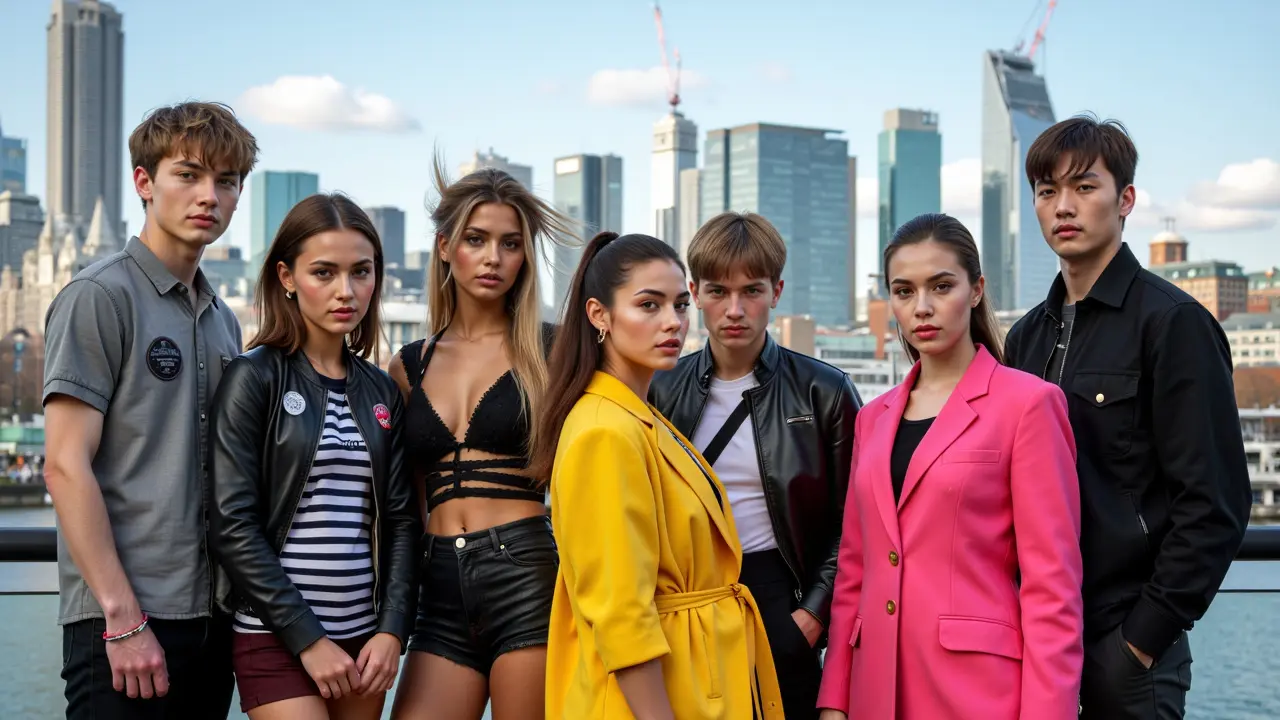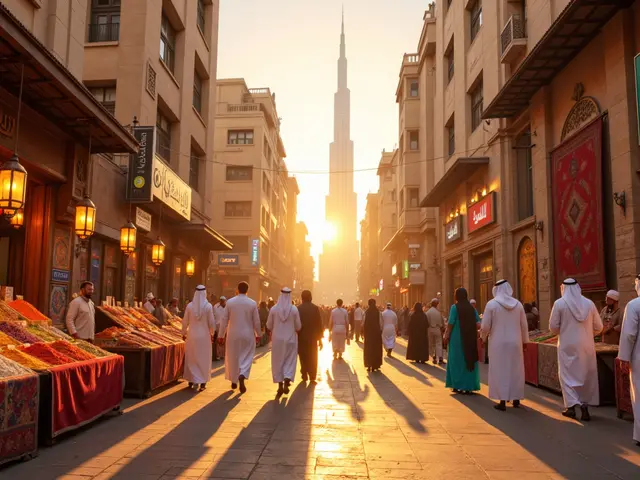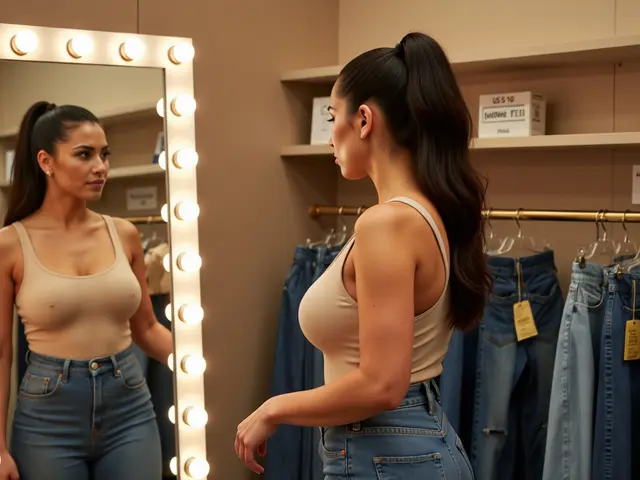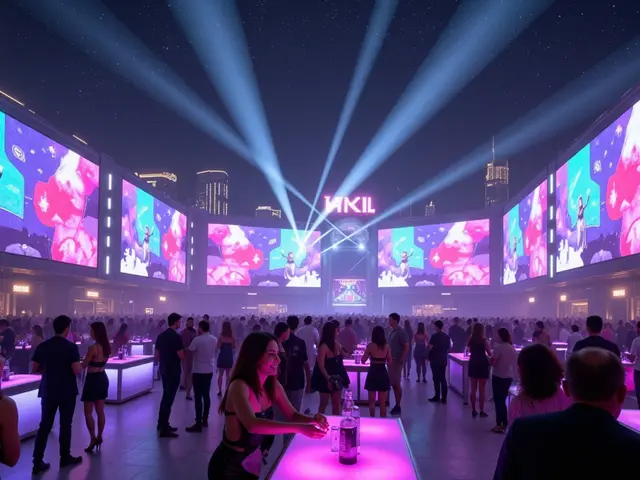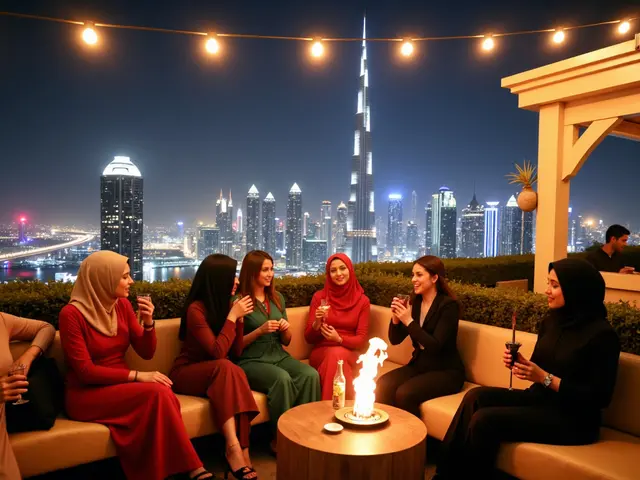Ever scrolled through Instagram, spotted flawless photoshoots, and wondered, “What’s that model earning?” You’re not alone—there’s a crazy amount of mystery around photoshoot model salaries, especially in places like Manchester, London, or anywhere people dream of making it big in front of the camera. The numbers aren’t always glamorous, but they aren’t always disappointing either. Some models might barely earn enough for a decent dinner, while others buy themselves luxury holidays—and you don’t have to be Kate Moss or Adwoa Aboah for that. So, what’s the real payday? And why does it seem like everyone has a different story?
Understanding Photoshoot Model Pay: The Real Numbers
The pay for photoshoot models is a bit like British weather: wildly unpredictable and sometimes surprising in good or bad ways. In the UK, a beginner photoshoot model can expect anywhere from £100 to £300 a day for basic commercial jobs. If you’re talking editorial work, like shoots for fashion magazines, the fees could drop—sometimes as little as £50-£150 for the day (shocking, right?). The reason: editorial shoots are seen as more about exposure than cash. But those glossy magazine pages still make for a killer portfolio and can lead to bigger gigs later.
When you move into commercial territory—think brands selling everything from shampoo to trainers—the real money comes in. These jobs can pay anywhere from £250 up to £1,500 for a single full-day shoot, sometimes more if you land a major campaign. The actual rate depends on factors like your experience, the client’s budget, the usage rights of your image (how long and where the photos will be used), and the job’s location. London-based shoots tend to pay more than those outside the capital, but Manchester’s scene is growing quickly and can fetch competitive rates, especially as more campaigns shift north.
Here’s a little taste of how much London and Manchester models can earn, according to the British Fashion Model Agents Association (2025):
| Type of Shoot | London Rate (per day) | Manchester Rate (per day) |
|---|---|---|
| Editorial/Fashion Magazine | £100-£200 | £70-£170 |
| Commercial/Catalogue | £350-£1,500 | £250-£1,200 |
| E-Commerce | £250-£600 | £150-£500 |
| Beauty Campaign | £750-£3,000 | £500-£2,000 |
Of course, “per day” usually means 8-10 hours, often with lots of waiting and outfit changes. Now, if the shoot requires travel or shows up in TV or billboards, there’s often something called a buyout—a one-off fee for the extra exposure. This can stack up from £500 into the thousands, depending on where and how long your face is used.
Agencies take a cut—typically 20% commission—and if you’re freelancing, you’ll handle the business side yourself. Still, many models love the independence of freelance work, since they set their own rates and negotiate directly with clients. One Manchester freelance model told me, "I made £350 in a single afternoon modeling for a bridal shoot—and another time, I got paid in art supplies for a local artist!"
The bottom line? There’s no single paycheck. The figures can swing wildly, but those who are persistent, market themselves well, and gain a reputation for reliability tend to see their bank account tick up steadily.

Types of Photoshoot Modeling and Where the Money Is
Modeling isn’t a cut-and-dry career; it’s more like a choose-your-own-adventure storybook. Let’s break down your options if you’re hunting for photo gigs in Manchester, London, or even smaller cities. For those curious about what’s out there, the main types include: fashion modeling (editorial and runway), commercial and catalogue (think clothing brands, lookbooks), e-commerce shoots, beauty campaigns, fitness shoots, and sometimes lifestyle shoots that look more like Instagram moments than traditional fashion spreads.
Photoshoot model salary varies a lot across these types. Editorial and fashion work is cool for your book, great exposure, but rarely pays the rent. You might earn £100 for a whole day, and sometimes that’s it. When you step into the world of commercial and advertising, things heat up fast. A stock photo shoot for an international brand could pay a grand (£1,000+) for a few hours’ work because your face could end up in campaigns around Europe or even worldwide. Beauty and cosmetics shoots tend to pay more, too—often between £500 and £3,000 per day because of usage rights and global exposure.
Then, there’s freelance versus agency. Some Manchester models skip the agency, set their own rates, and build a network of clients, often starting with local photographers and growing via social media. Others sign with agencies, which open doors for bigger campaigns but take a hefty slice of your earnings. Both routes work, depending on your style. Freelancers hustle more, agencies handle negotiation—but freelance models keep every last bit they earn.
Different neighborhoods and studios pay differently. In central Manchester, expect higher fees for commercial shoots (because brands want city-center vibes). Suburbs might mean smaller, creative shoots—great for building experience, but less cash. A model pal of mine, who started in Salford Quays, nabbed commercial gigs that scaled from £150 to £600 per shoot as she built her experience. “Social media is huge now,” she said, “I’ve landed jobs by sliding into DMs with a killer portfolio.”
Don’t forget lifestyle and influencer jobs: companies love booking ‘real people’ for shoots that feel relatable and natural. If you have a following or can present a niche look, you might charge higher rates or get extra perks, like free products to keep or post about.
Here’s a quick guide on what affects your modeling pay:
- Experience and reputation: New faces start at the lower end. Known pros or those with returning clients win the higher gigs.
- Usage rights: Will your photo be used locally, nationally, or internationally? More exposure equals more money.
- Agency vs. freelance: Agencies get you bigger jobs but take commission. Freelancing means hustling but keeping every penny.
- Market/Location: Bigger cities pay more, but smaller city jobs can be easier to land when you start.
- Type of shoot: Editorial pays less, commercial pays more, and campaign or billboard work can set you up for months.
- Special skills: Got tattoos, crazy hair, or a rare look? Unique features can sometimes land super niche, high-paying jobs.
So while most shoots won’t turn you into a millionaire, they can absolutely stack up to a healthy yearly income—especially if you work smart. According to a 2024 UK survey from Models.com, the average annual salary for working UK models was around £21,000, but busy, in-demand freelancers earned £30,000-£70,000 (not including social media deals). That’s a pay spread wider than my daughter Elodie’s grin when she steals an extra biscuit!

Tips, Expectations, and Booking Insights for Aspiring Models
So, onto the practical side—can you really land those dream jobs, and what should you expect day-to-day on set? First, you need the essentials: a current portfolio with varied looks, a social media presence (Instagram is a must), and a willingness to network. Agencies make a huge difference if you’re new—sign with a reputable one, not those asking for upfront fees or dodgy “registration” payments.
How do you book shoots? For agency-signed models, bookings come through your booker—just answer emails, show up, and smash the shoot. For freelancers, it’s all about outreach: pitch yourself on sites like Model Mayhem, PurplePort, or even LinkedIn, and build up good word-of-mouth by nailing every gig. Ask satisfied clients for testimonials—these go a long way. And trust me, diversify: take odd jobs, work with students building their portfolios, and don’t say no to test shoots (just make sure you get the images). If a photographer loves your work, you might become a regular pick, which gives you more steady work over time.
What about payment? If you’re agency-signed, you’ll typically get paid within 30-90 days via the agency (and yes, it can be annoying to wait that long). Freelancers usually negotiate their terms directly—many ask for 50% deposit upfront, balance on shoot day, or within 7 days. Always use written agreements—email is fine, but have your fees and rights in writing. If you’re shy about asking for money or clarifying details, remember: professionals expect this. You’re not ‘being a diva,’ you’re just doing your job.
As for the actual shoot: expect early mornings, long hours, and multiple outfit or makeup changes. Sets can be all sorts—sometimes a tiny flat in Northern Quarter, sometimes a massive, echoing warehouse. You’ll pose for hours, wait while lights are adjusted, and sometimes retake the same shot dozens of times. Your job is to stay upbeat, energetic, and professional. It’s not as glamorous as it looks but, when the camera comes out and the music’s playing, it can be an absolute blast.
What about safety? This is huge. Stick with established agencies or reputable, well-reviewed photographers. Don’t go alone to a shoot you feel unsure about—take a friend or a chaperone (as long as the client allows). Ask for references if anything feels off. There are loads of Facebook groups for models in your area—join, share your experiences, and look out for red flags posted by others. Safety is non-negotiable, no matter the money. I still remember advice from a seasoned pro:
“If an opportunity sounds too good to be true, triple-check. Your gut never lies.”
Here’s a little table comparing agency vs. freelance work for models in Manchester:
| Agency Model | Freelance Model | |
|---|---|---|
| Job Security | More regular, big-brand gigs (if signed to top agency) | Varies—high hustle, but more control over job types |
| Income | Lower take-home per job (after commission) | Keep full fee, but jobs can be less predictable |
| Negotiation | Handled by agency (no awkward chats) | Direct with client—harder, but more flexibility |
| Exposure | Better for landing high-profile campaigns | Best for niche/local/creative work |
| Requirements | Must meet agency standards and attend castings | Free to accept or reject any job |
Ready to give it a try or level up your bookings? Keep your portfolio fresh—rotate in photos that show your range, from beauty closeups to full-body fashion. If you’re in Manchester, check out local agencies like Nemesis Models, Boss Model Management, or Model Team, all with decent reputations. And reach out online; you never know who might say yes!
Here’s a chef’s tip: always ask about usage rights. If a client wants world-wide rights 'forever,' negotiate up—otherwise you're underselling your own image. Second, double-check travel costs—many clients cover your expenses, but only if you ask.
Let’s not sugar-coat it—it’s a rollercoaster, sometimes with more rice-cake lunches than champagne toasts. But if you love the buzz of the creative world, are up for persistence, and learn to pitch yourself, modeling pays you in more ways than just money. Want to start the journey or boost your rate? Build a killer portfolio, keep your socials active, and show up ready to be your best self at every shoot. Want some agency recommendations or tips on building a standout book? Drop a question below—I’m always happy to share what I’ve learned from the wild, weird, and wonderful world of the UK modeling scene.

